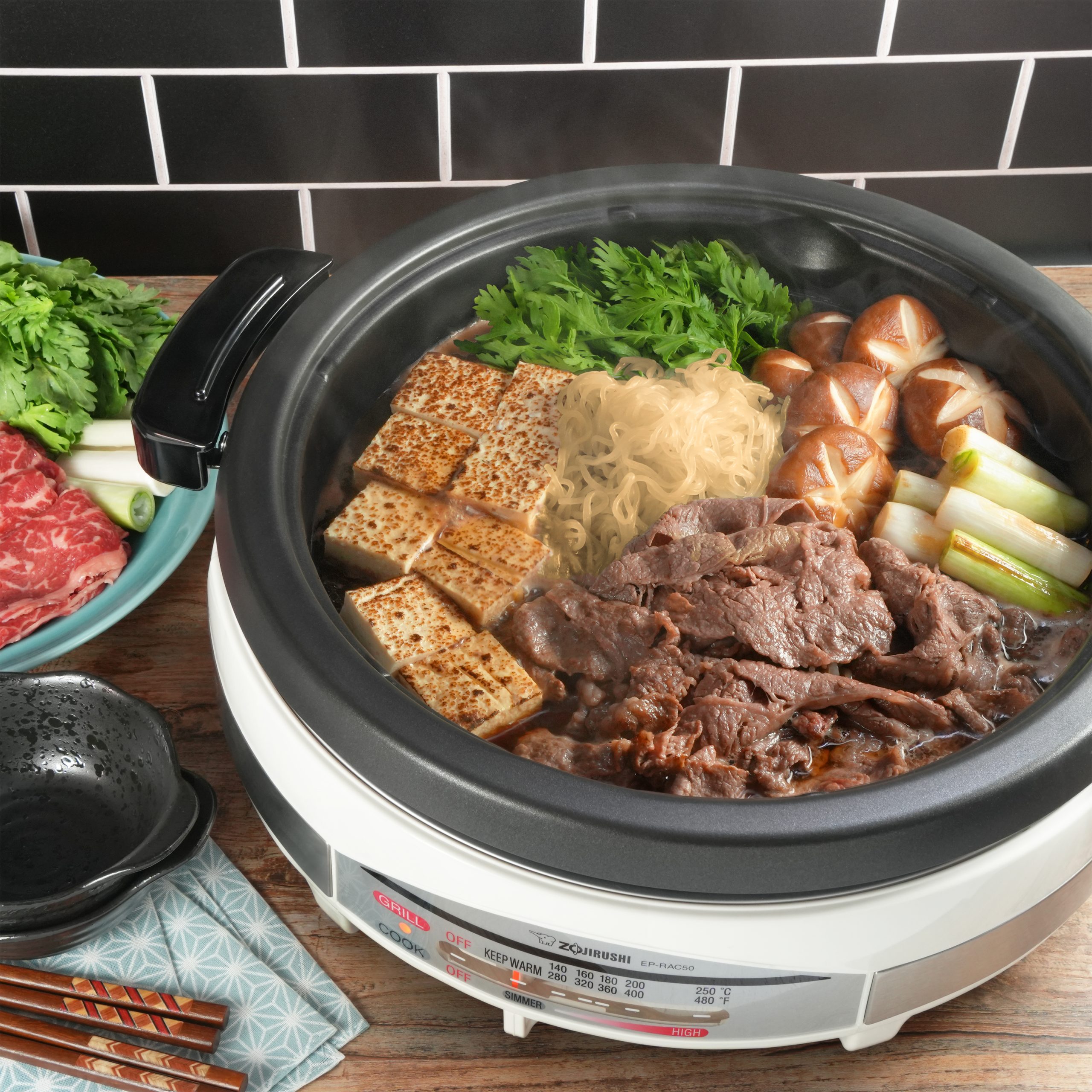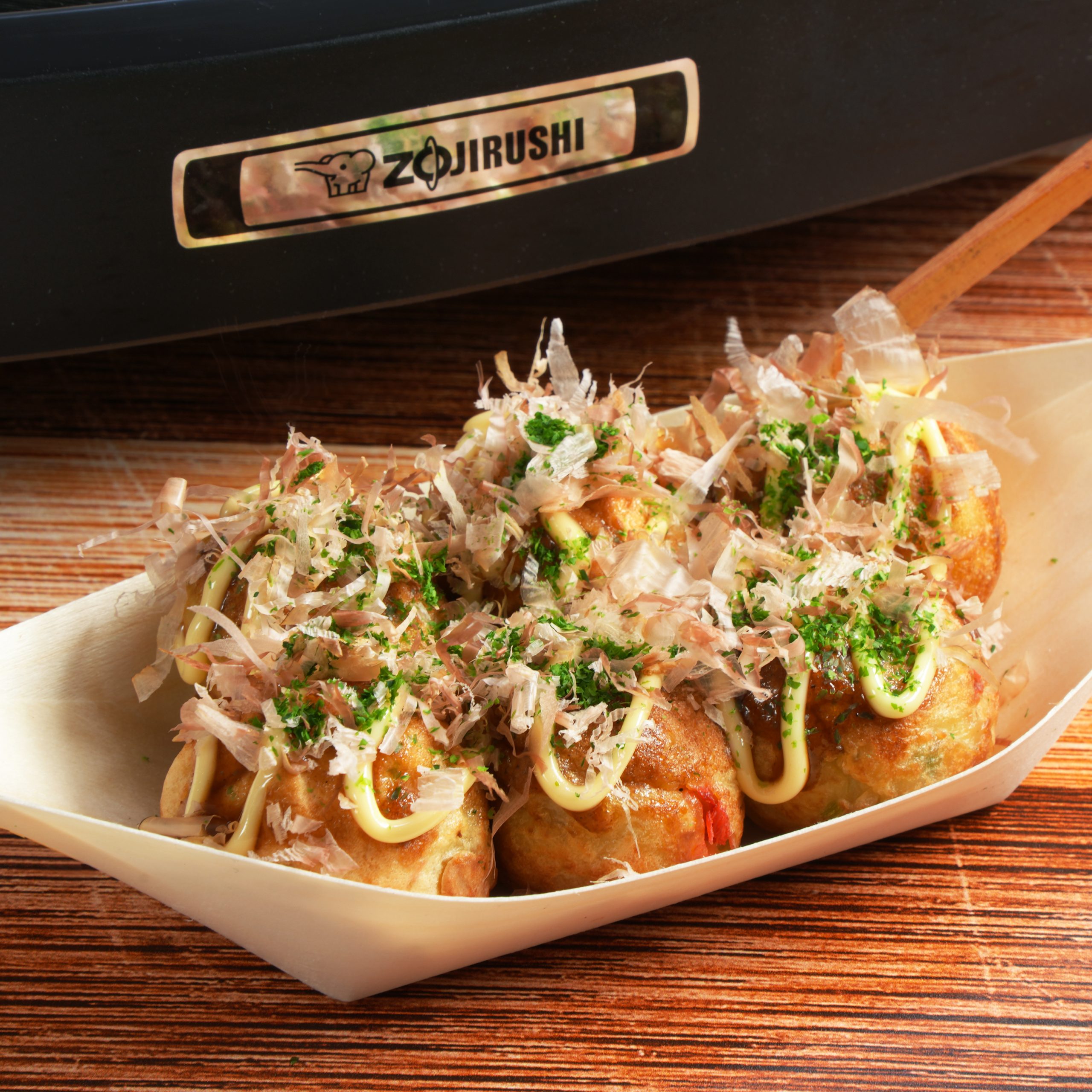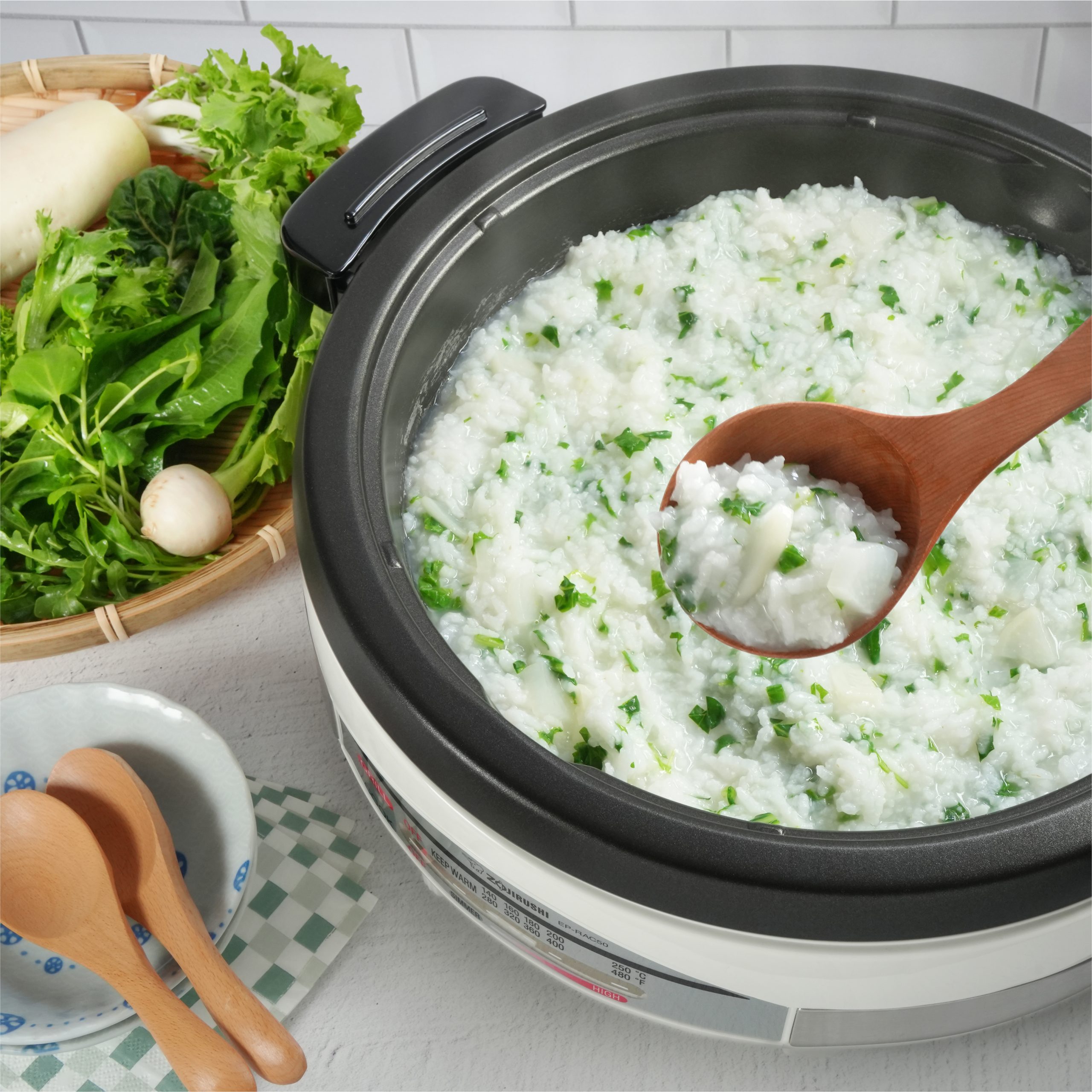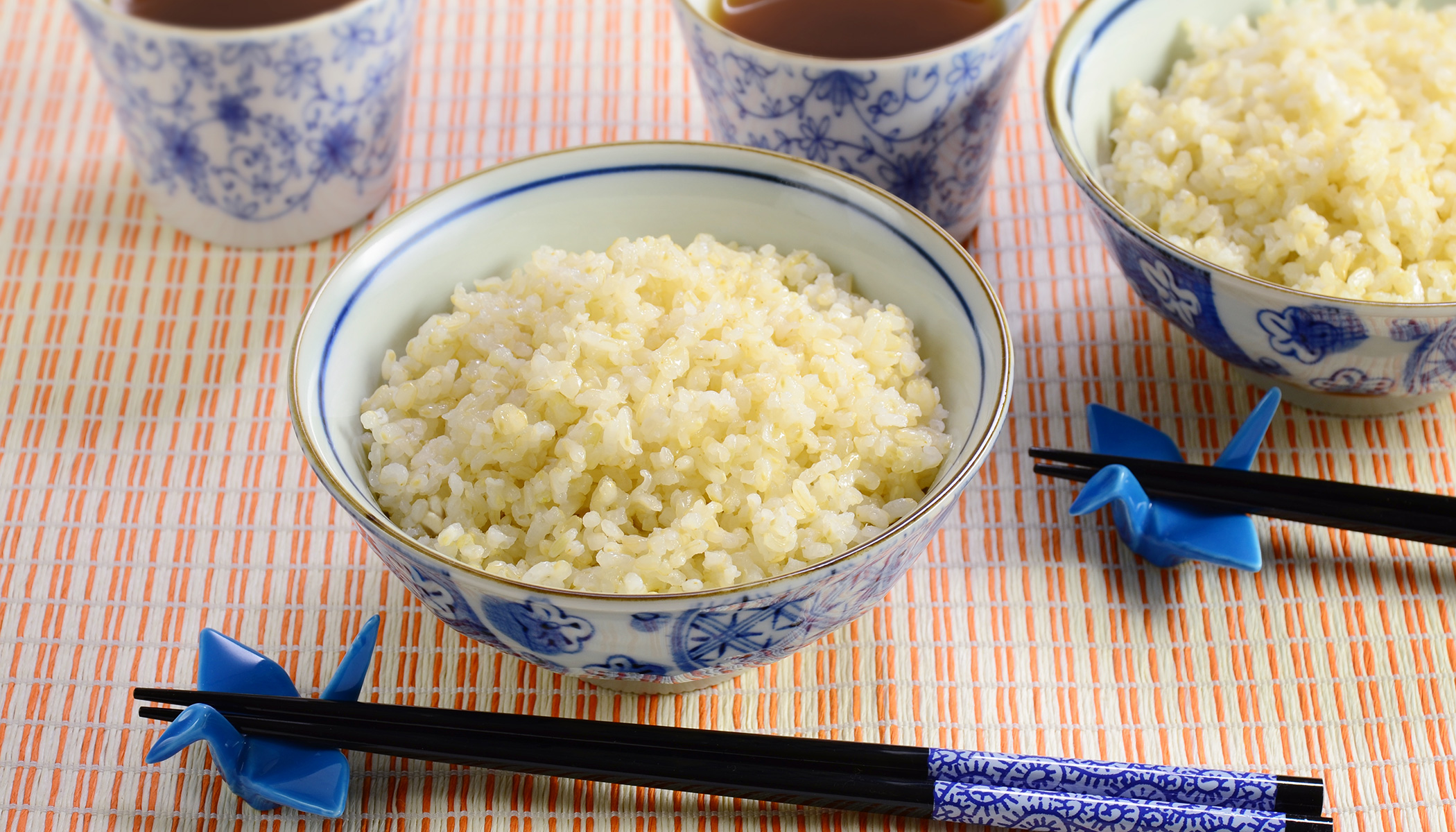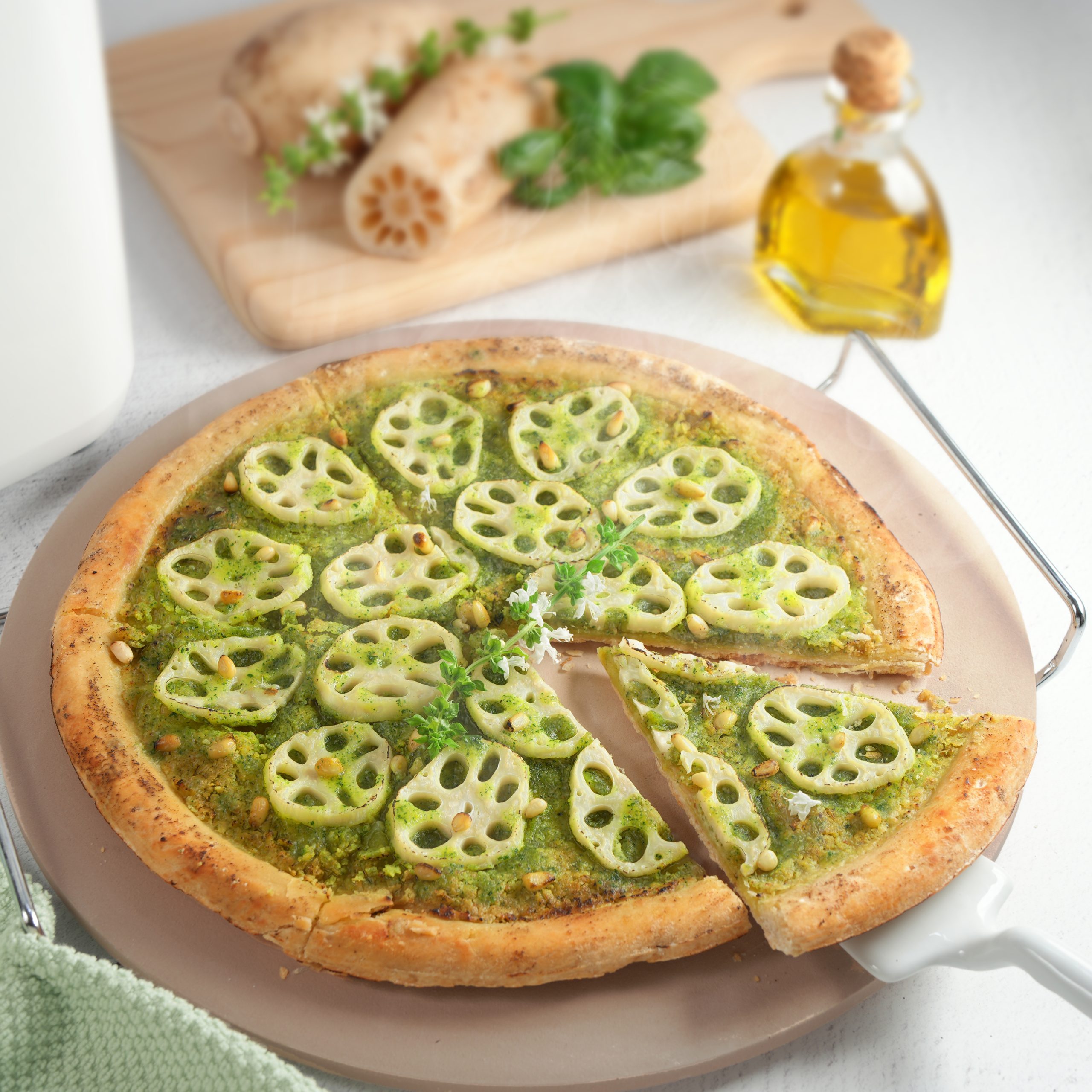Author: Zojirushi America Corporation
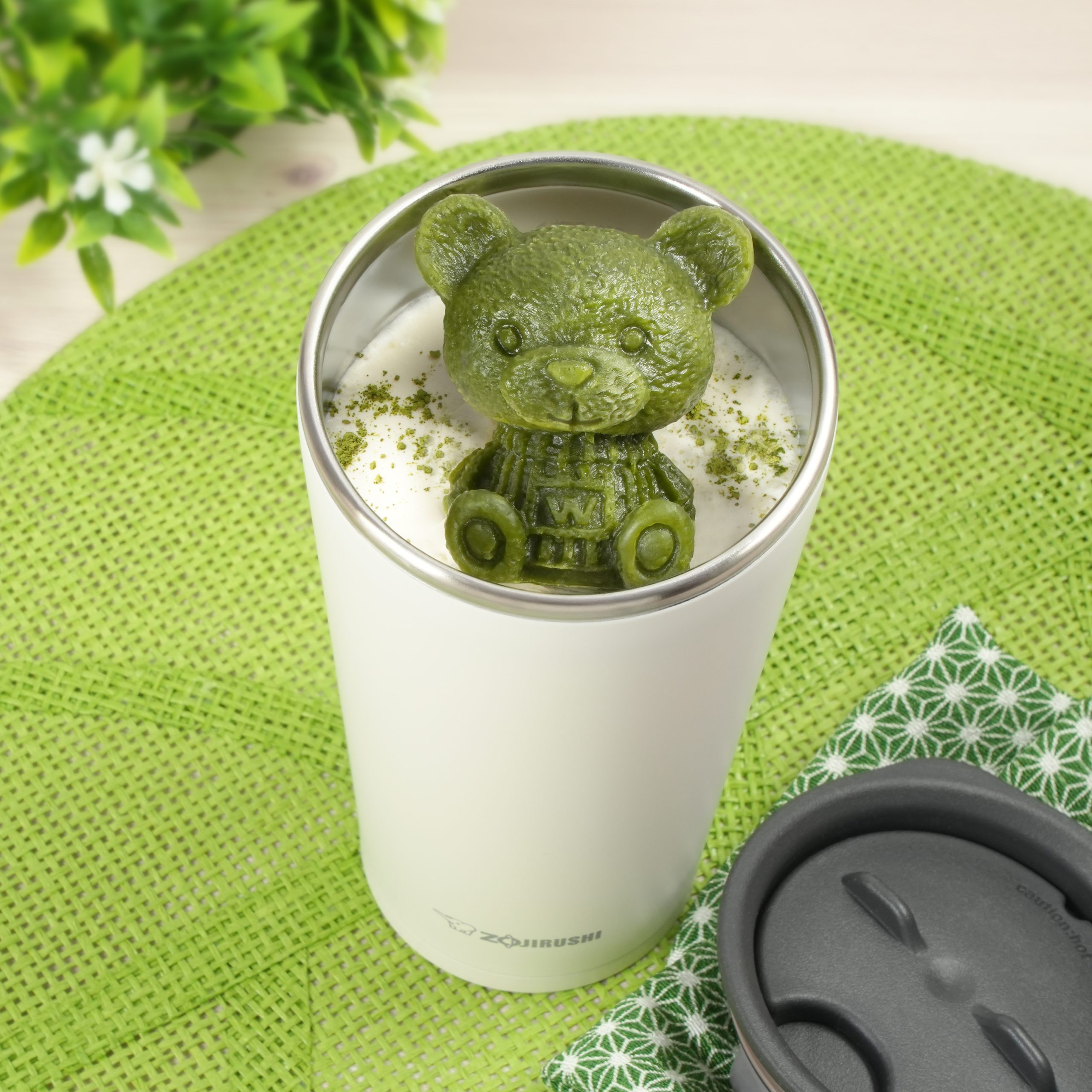
Celebrate St. Patrick’s Day with Green Recipes!
Read more: Celebrate St. Patrick’s Day with Green Recipes!March is here, and it’s time to celebrate the season of renewal and fresh, vibrant…

Create Memorable Family Dinners with Zojirushi Tabletop Cooking Solutions
Read more: Create Memorable Family Dinners with Zojirushi Tabletop Cooking SolutionsFamily dinners are about more than just the food—they’re a time to connect, laugh, and…

Creative Ways to Use Your Zojirushi Takoyaki Plate
Read more: Creative Ways to Use Your Zojirushi Takoyaki PlateThe Zojirushi Takoyaki Plate EA-YBC01 is an incredibly versatile tool that goes far beyond its…

Welcome the New Year with a Bowl of Tradition: Nanakusa-Gayu
Read more: Welcome the New Year with a Bowl of Tradition: Nanakusa-GayuAs we welcome the new year, it’s the perfect time to embrace traditions that promote…

Start the Year Right with Zojirushi: New Year’s Resolutions Made Simple
Read more: Start the Year Right with Zojirushi: New Year’s Resolutions Made SimpleThe start of a new year is an opportunity to reset, refocus, and work towards…

Exploring Unique Pizza Toppings in Japan
Read more: Exploring Unique Pizza Toppings in JapanMaking pizza has become a universal experience, enjoyed in kitchens all over the world. While…
